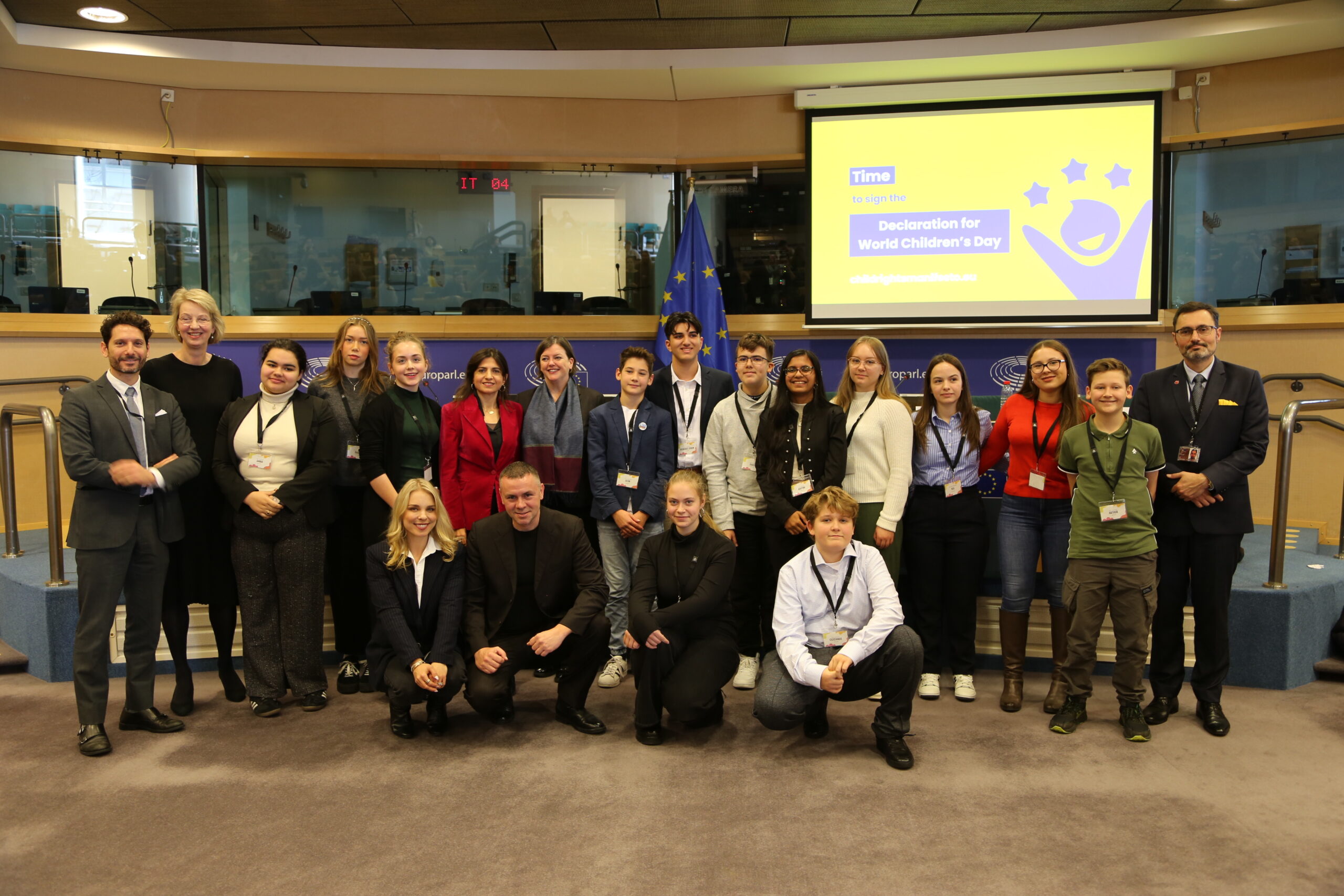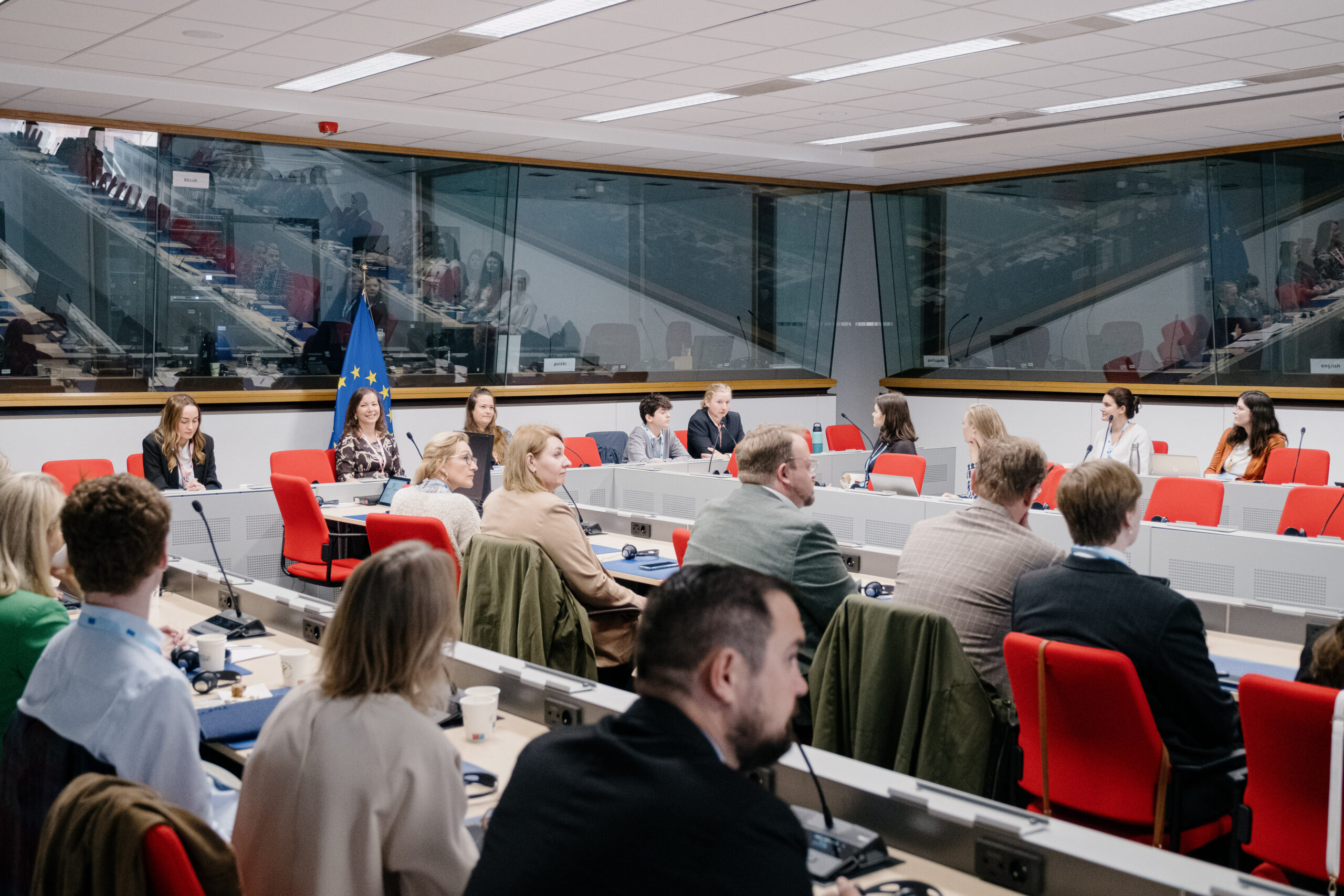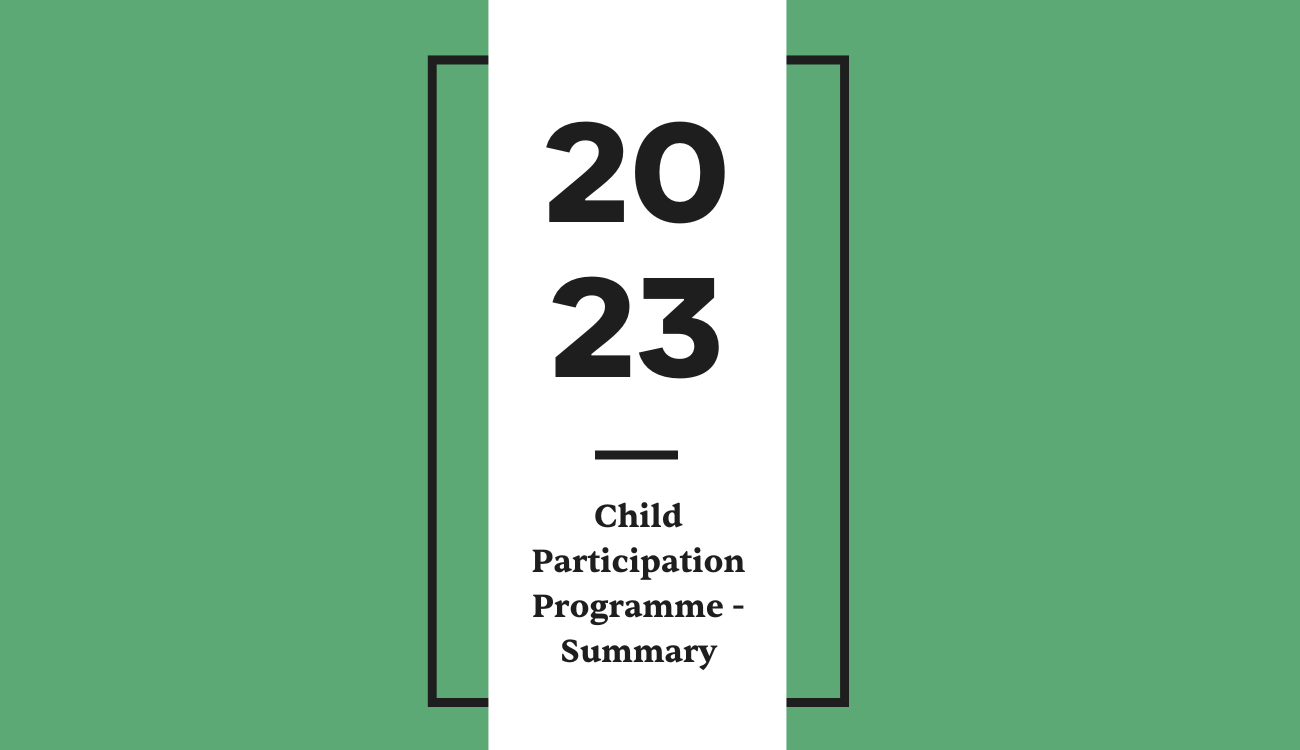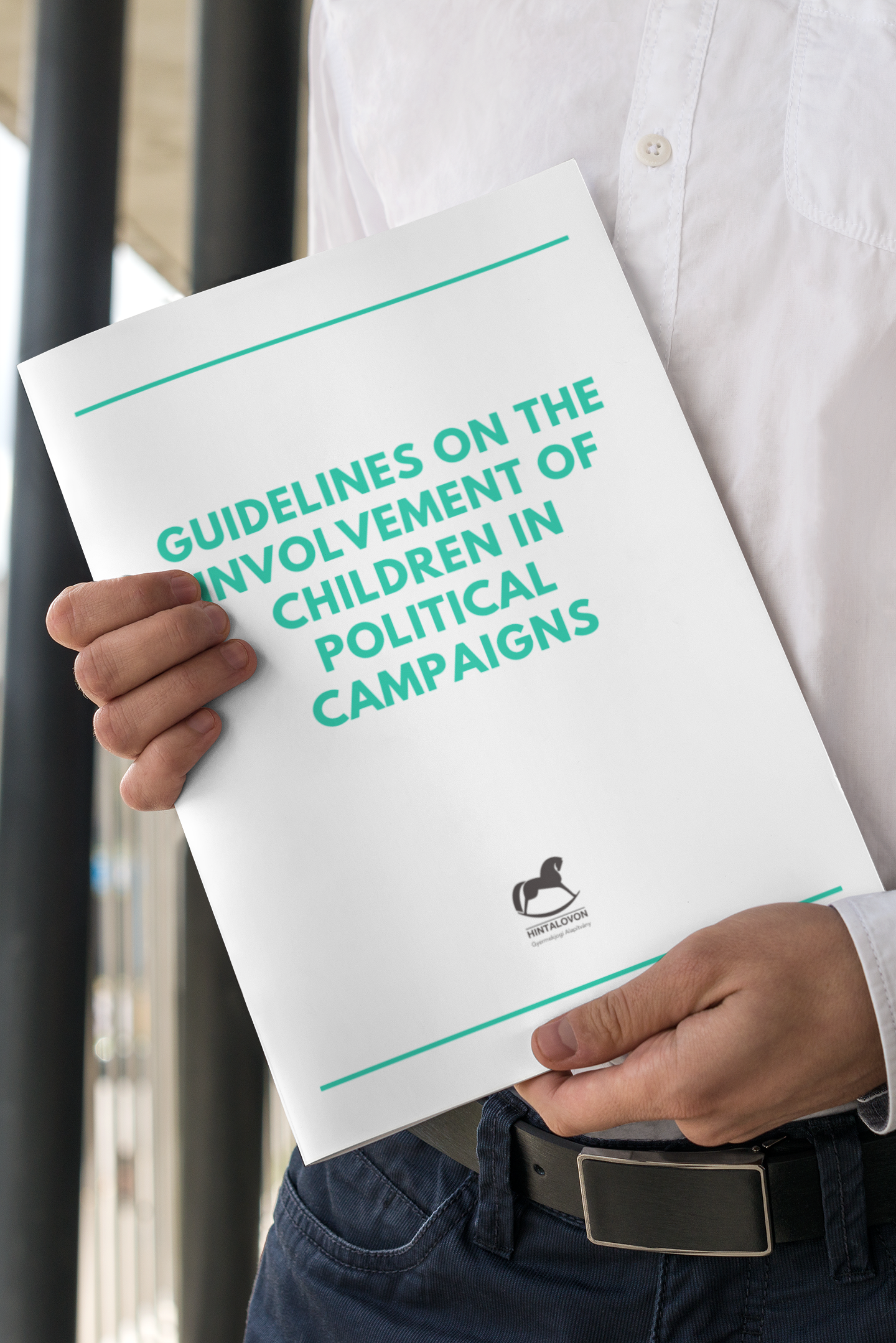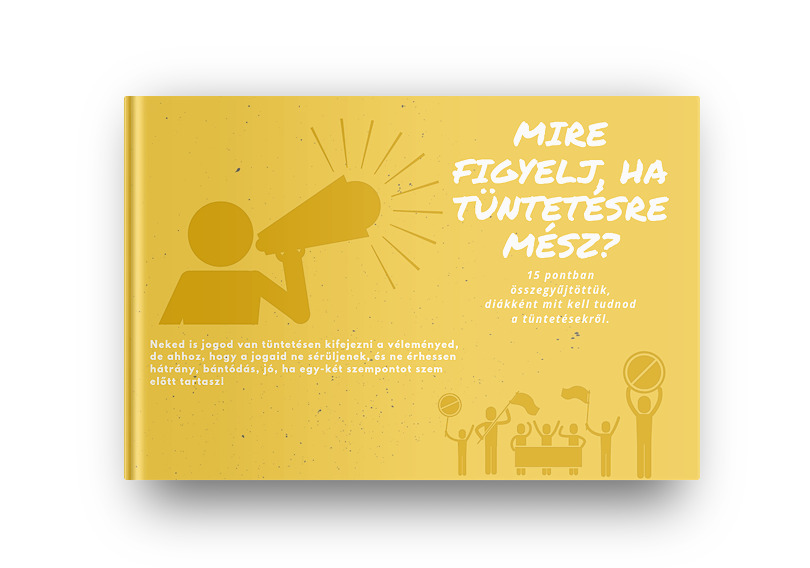Representative online study questioning for 13-17-year-old children, prepared by the Hintalovon Foundation on behalf of the Magyar Telekom.
Executive summary
Every fifth child feels unsafe on the web. They find fake news and advertisements the most disturbing and forty percent of them spend more time online than they would like to. One-fifth of the children feel that their parents do not care about their online presence, that the rules at home usually only focus on the time spent online, and this does not provide them with the support they really need. Children living in different regions of the country have different experiences about digital education. They think that the quality of e-learning would increase if all the teachers used the same platforms and used suitable methods for the online space. Among others, these are the results of the InternetMost (“InternetNow”) representative online study questioning 13–17 year old children, prepared by the Hintalovon Foundation on behalf of the Magyar Telekom.
Thank you for being interested in my opinion
A lot of people think that children are constantly online. Less know what they are doing there and why. If we want them to be safe on the web, we have to find out what their interests are, what disturbs them, what they think of home schooling and what kind of help they need from their parents and teachers. So Magyar Telekom together with the Hintalovon Foundation launched a study in the spring of 2020 called InternetMost asking children under 18 about their online habits. This is the first representative study in this field since 2017 focusing on children’s experiences, recommendations, and priorities.
During the course of April and May 2020 children could share their opinion in an online survey. The Foundation’s Child Ambassadors were involved in the preparation and the promotion of the survey and also in the evaluation of the results.
All the things happening in the world are here in my room in a flash
What are children doing on the Internet?
Children primarily use the Internet to keep in touch (78,2%) and to study (63,6%). Using social networks, watching movies and series, playing online games, and using video sharing sites follow thereafter. Social networking, watching movies and series are more common among girls, playing online videogames are more typical for boys.
What does the Internet mean to children?
For children, the Internet is basically an opportunity to keep in touch with each other, to have fun, to be informed and to learn. It captures their attention and only a fraction of them see it as a tool for self-expression, equal opportunities, or anonymity. It helps them to feel like being part of a global community where they can also escape to, where they can relax, and what is their own. For a lot of children, the Internet is a shelter, a safe place that diverts their attention: “hiding place from reality”, “shelter from everyday life”, “escape route”, “hideaway”. They think about the Internet in a nuanced way, often using its good and bad side in one term: “a wonderful waste of time”, “a double-edged sword”, “it connects and isolates me at the same time”.
What do they need?
Primarily they need reliable network, unlimited Internet access, and appropriate devices. At the same time, English language knowledge and access to tailor-made contents are also extremely important for the children.
Does their online communication differ from the offline?
For some children, the web is the space where they can open up and be themselves. According to the results, more than half of the children said that their online communication differs from the offline, though not significantly. More than a quarter (28,7%) of the children said that this difference is significant, and that they feel much more comfortable online. Their answers showed great variability, which raised the question, whether children with significantly different online communication receive enough care and attention in their offline space. However, our findings also showed that children do not find their online and offline relationships to be interchangeable. They are afraid that in the future human relationships will be damaged due to digitalization.
Did their Internet habits change?
With the COVID-19 provisions and online schooling children spend more time on the Internet, however, their online ways and habits have not been affected significantly. Many are really bothered by the amount of time they must spend on the Internet. “I spend more time on the Internet. Mostly I study and when I have finished studying, I don’t even want to be online anymore.”
How much time do they spend online?
Many children like the Internet because it holds their attention but even they are concerned about the amount of time spent online. More than half of the children think that they spend as much time on the web as they would like to and as necessary, but 4 out of 10 children feel that it is too much and takes away time from other things that they could do. In addition, the time spent online bothers more children than online abuse. Many create their own rules on how to limit their time spent online, and Internet addiction is in the top 3 topics they would like to talk more about.
Why do they choose to follow someone on the Internet?
Mostly they choose to follow people who are considered funny, interesting or they like their style. While for boys it is more important that they do not have to read, yet can understand complicated things easily and be entertained, for girls style and similar problems matter more. Most of them say they do not feel influenced/affected by the influencers.
Where do children find information?
They consider themselves confident and responsible users. They gain information from websites and their peers prior to their parents. YouTube and Instagram take precedence over teachers as well as textbooks.
My parents trust me, because I understand this better than them.
Do they feel safe?
4 out of 5 children feel safe online, but every fifth (22,3%) of them feels that the Internet is an unsafe place. This is similar to the rate of sense of security felt at home, in the school, or among peers. Although feeling safe is primarily not linked to being online or offline, it is connected to with whom and where they are communicating. Furthermore, safety is a bigger concern when they are searching unfamiliar and/or English language websites or applications.
What bothers them on the Internet?
They are most annoyed by advertisements (82,8%), fake news, and unreliable or misleading information (62%). They find it more disturbing that it takes away time from other things or leads to conflicts with their family than cyber bullying or being abused online. There is a big difference in this regard between grammar school and vocational high school students. While children attending high schools are worried about their time being wasted online, children attending vocational high schools are concerned with online abuse.
What do they need?
They wish for reliable network, unlimited Internet access, better English knowledge, and more customised content. Boys find good devices more important than girls as well as being able to use these devices without parental limitations. While for girls’ safety, information, and support are more important aspects than for boys.
They never ask anything, they just take away my phone, so I wouldn’t be online.
How much do they talk about online safety with their parents?
According to the children, 40% of the parents discussed online safety in 5–10 minutes and only one-third of the parents took more than 30 minutes. Slightly over a quarter of the children (28,2%) feel that they talked enough about the different areas of online safety.
What are parents interested about?
According to the children, parents are less interested in what they are doing online than what their children eat or how they look. Most adults are mainly interested in academic achievements, however, an equal rate seems to care if their child has problems or about their well-being in general. One-fifth of the children (20,2%) say that their parents do not care about their online presence, or their online safety. Parents are primarily interested in the amount of time children spend online and their online safety. They rarely focus on their child’s online relationships and just a fraction of them (2,3%) pay attention to what are the kids’ interests online, what kind of webpages or applications they use. 27,7% of the parents apply a holistic approach and all of these questions are important to them.
What is the children’s opinion about this? Why do they think that?
When parents are not concerned about their child’s online presence at all, children primarily attribute that to lack of interest or competences: “Because they don’t even know what hides under the word ‘Internet’”, “because they are older and probably they don’t even know its dangers”. Other children consider this as a sign of trust: “they know I can take care of myself”. It is interesting to note that shouting and quarrels were mentioned solely by children whose parents are interested merely in the time spent online. Children whose parents are concerned about safety highlighted their parents’ good intentions and care. Children whose parents are interested in their online relationships are characterised as open and curious. Children whose parents apply a holistic approach to their online life highlight the emotional bond between them: “my parents care about me and they love me”. The interest of the parents is related with the amount of time spent talking about the dangers of the Internet. Who spent less than 30 minutes are more likely to be interested solely in the time spent online.
What are the children interested in?
They would like to know how to recognize if sources and people online are reliable, and how to protect their data. They would like to talk about Internet addiction and the consequence of data misuse more. They are less interested and worried about cyber bullying and abuse.
What are the home rules?
Based on almost 1000 answers, in 4 out of 10 cases there are no home rules on Internet use. Most of the rules are not specified, or they are just general and superficial guidances: “be careful”, “take care of yourself”, “don’t do stupid stuff”. Most of the specific rules are time limits or rules on forbidding being online at night. Though many find these rules to be justified, following them is not conflict-free, and the children raise several important questions regarding their effectiveness as well: “I could limit myself how much time I spend on my phone, but like this, this is a constant stress factor.” “There are rules for time limit but no rules for contents.” There are rarely rules concerning their safety or data. Being online is conditional in a lot of terms: “If you help in the house work you can be online.”
Even considering the negatives it is better to go to school.
What do children think about digital education?
According to the results of the survey, this question really divides the children: 53,7% are dissatisfied and 46,3% are content with it. Most of them did not feel disadvantaged compared to the others, in fact 40% of them felt digital education is more effective for them. At the same time 2 out of 3 children think that the quality of education declined, the school did not respect their free time, and it was more difficult to follow the tasks.
Who has been adversely affected?
There are regional differences regarding children’s level of satisfaction. While in the more developed regions children are more satisfied than the average, in the eastern regions higher degree of discontent is present. Children attending vocational schools are more dissatisfied than children attending primary schools or grammar schools.
The research shows inequality in the access to the Internet and the quality of the devices as well. It was a problem for children attending vocational schools and children living in villages, but there was no significant relationship between lack of devices and the level of satisfaction. However, school satisfaction was linked to how safe children felt in the school and with their teachers.
What caused the biggest problem?
The majority of children reported exaggerated expectations and workload. The emphasis of education moved even more towards homework, while discussions or informal events diminished and the blurred line between free time and school time also led to problems. They felt that educational methods adapted for the online platform and distance learning were lacking and that they did not receive enough support to master the curriculum. Many of them mentioned that the teachers’ lack of digital knowledge is the source of the problem, but they highlighted that a lot depends also on transparent and consistent communication. The problem mentioned most was that teachers use different platforms to communicate, they have individual preferences, and they were not consistent or cooperative. It also became evident that though there are free online educational platforms available these are not widely known and used.
What could help?
What would increase the quality of digital education most is if the teachers used the same platforms, used suitable methods for the online space, and used these surfaces in a competent manner. Children would also need more information on what and how to learn, a difficulty in towns and villages primarily. According to the children, online education requires different expectations, new approaches, new skills, and better cooperation from teachers. They would like more verbal interaction, contact lessons, and feedback. A lot of them highlighted that the boundary between school time and free time blurred.
How do they communicate with the teachers?
Three-quarter of the children use the official platform of the school (KRÉTA, Google Classroom, MS Teams), but social media platforms are widespread as well. It is popular because it is familiar among children and teachers as well, but it raises data and child protection concerns, and it makes the educational material less traceable. It is worth noting that in grammar schools the official digital platforms are more widespread, so using social media platforms is less typical.
There is a lot of new information and tools, and I feel that they take us away and isolate us from focusing on the real issues in life.
What could help the children in the future in the digital world?
Children think that for the future, the most important issue is to improve the quality of digital education (68,8%) and to take into account the opinion of the children (55,2%). This suggests that children do not expect the adults to provide them with clear answers and solutions, but they would like to be empowered, obtain practical knowledge, and considered competent partners in decisions relating to online education issues concerning them.
What worries them about the future?
They worry the most about the practical usability of the school curriculum, their grades, their further education, and job opportunities. Many of them fear that digital education reduces their opportunities. Concerns related to personal happiness and desires were recurrently expressed, followed by worries about humanity and global issues. Besides voicing concerns about the political or changing values, the future of the country and humanity, environmental protection, and the effects of digitalization were also mentioned. Most of the issues raised related to alienation, the deterioration of personal relationships, and the extreme dominance of digitalization. Only few mentioned online safety or Internet freedom restrictions as an issue.
Summary
Children know their life the best, so they should be considered as competent partners in questions related to Internet security as well. The aim of the InternetMost study with the active participation of more than 1300 children was to raise attention to the difficulties and recommendations of the children regarding the Internet, thereby supporting factual, evidence based decision-making. This is especially important in 2020, when COVID-19 pandemic forced us to look at Internet use from a new point of view, underlining the importance of digital skills and competences, and the problem of equal access to the Internet. Protecting children starts with caring about them. Although we would need further research to identify the views of children lacking access completely, we trust that this representative study provides valuable aspects of the use of the Internet for (further) professional and social discourse as well.
The full research is available in Hungarian here.

